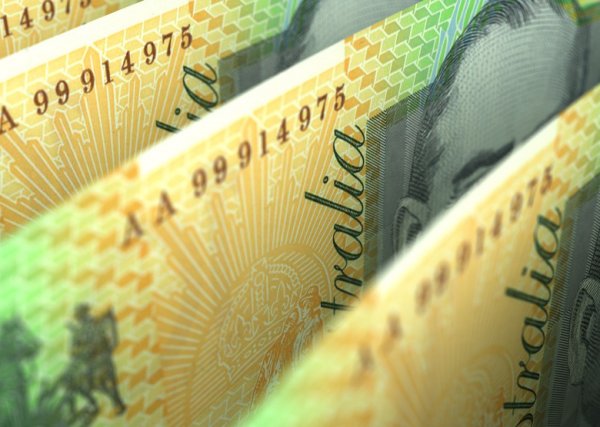Despite all the public debate the share of total health spending attributable to consumers has actually fallen this decade with Australians increasingly committing more of their health dollar to over-the-counter medicines, vitamins, herbal and other complementary medicines.
A recent push by the Consumers Health Forum is seeking to highlight the experience of some Australians grappling high out-of-pocket medical costs. The organisation is actively seeking individual consumer case studies.
However, at a population level, the consumer share of total health spending in Australia fell from 17.6 per cent in 2010-11 to 17.3 per cent in 2015-16.
Health spending is dominated by the federal government, according to the Australian Institute of Health and Welfare, the government body responsible for collecting and publishing a range of health statistics. The federal government is responsible for 41.2 per cent of all health spending, followed by the states and territories on 26.1 per cent.
The share of health spending attributable to private health insurers has actually risen this decade - from 7.5 per cent to 8.8 per cent - reflecting the falling contribution of the private health insurance rebate to premiums.
Two thirds of total consumer health spending relates to primary health care - GP visits. However, it has actually fallen as a share of total consumer spending on health over the last ten years - from 73.3 per cent to 68 per cent.
Spending on hospitals as a share of total consumer health spending has risen over the past ten years, from 4.8 per cent to 11.1 per cent, while the dental category actually fell.
By far the biggest rise has been in the 'other medications' category. This category includes unsubsidised prescription medicines, over-the-counter medicines, vitamins, herbal and other complementary medicines, and various medical non-durables, such as condoms, adhesive and non-adhesive bandages.
The other medications category has soared as a share of total consumer health spending over the past decade - from 23.9 per cent to 32 per cent.
The impact of the 'other medications' category becomes stark when you look at average spending by individuals rather than total spending by consumers.
In 2015-16, individual Australian consumers spent an average $392 on the 'other medications' category. This was three times their out-of-pocket spending on hospitals ($136), more than three times their spending on visits to the doctor ($122) and almost double what they spent on visits to the dentist ($239).
Spending of individuals on the 'other medications' category has grown at an average annual rate of 6.7 per cent since the middle of last decade, making it one of the fastest growing areas of health spending, and it is actually accelerating. Growth in this category has easily outstripped others, including visits to the doctor (4 per cent) and dentists (0.9 per cent).
In the past decade, average health spending by individual Australians on health rose from $837 to $1,195. However, over 50 per cent of the increase was due to spending on the 'other medications' category.
